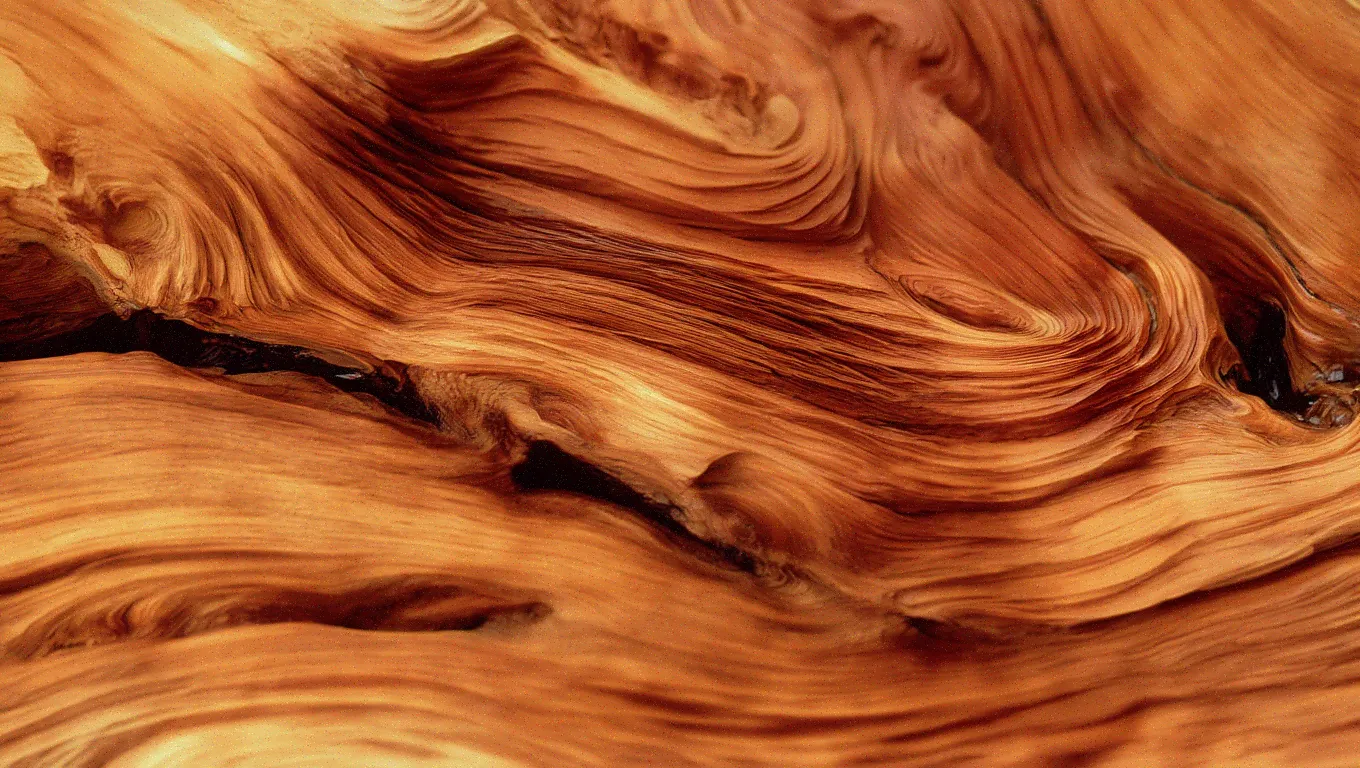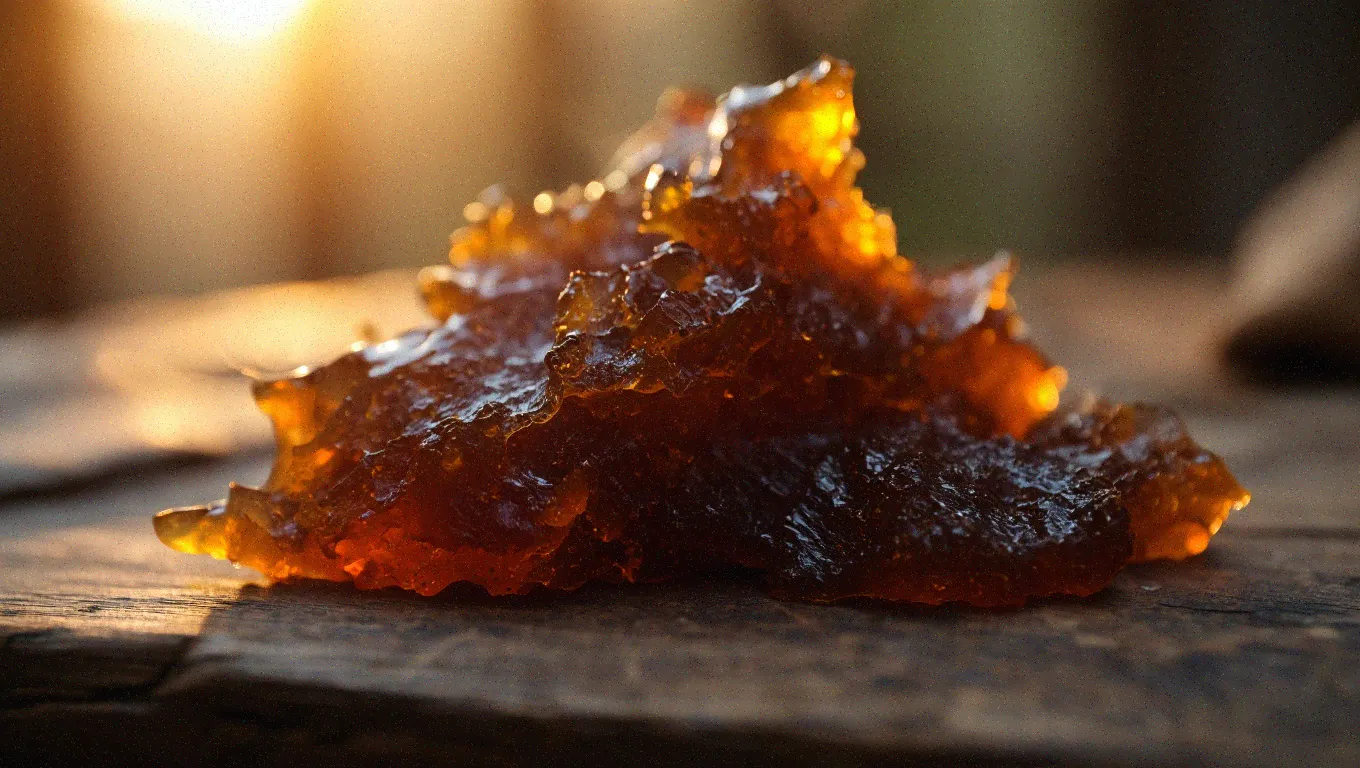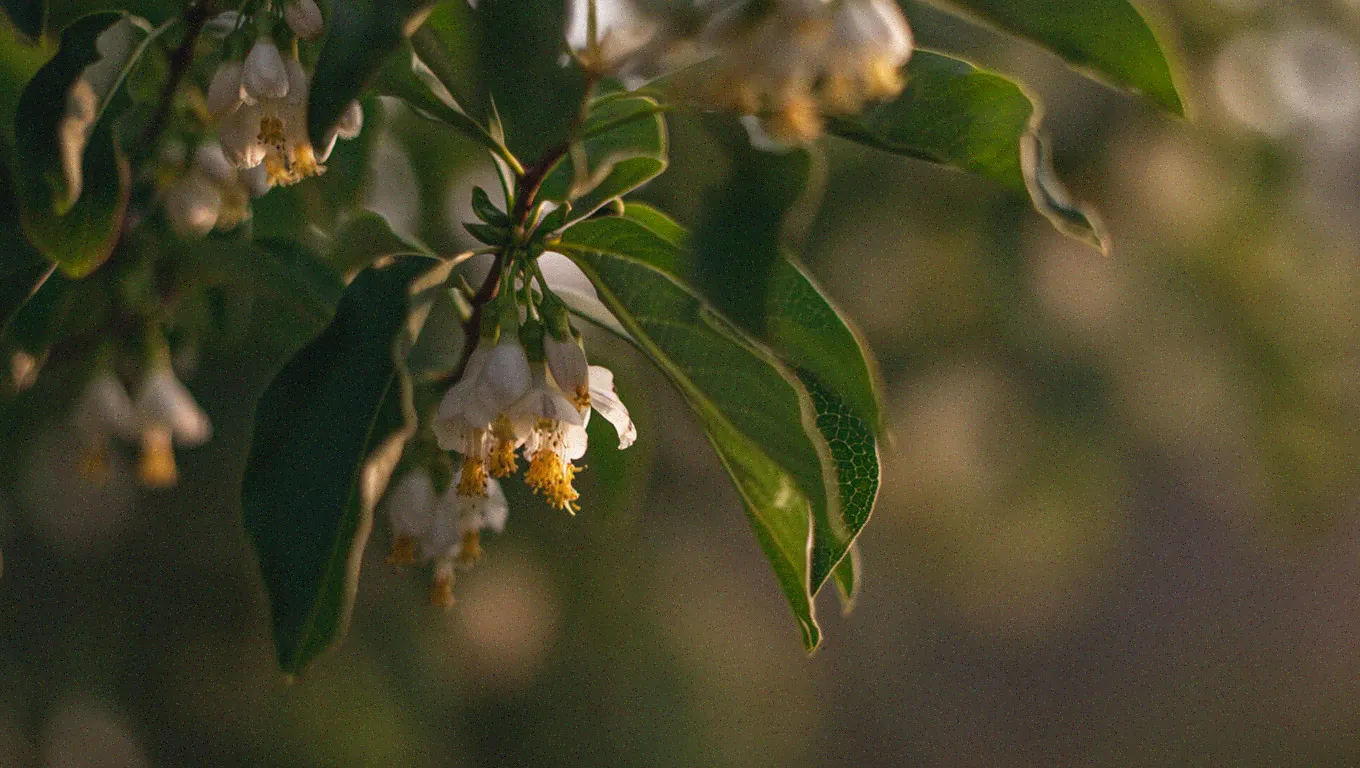Musk Xylol Replacers for Amber & Oriental Perfumery
Comprehensive analysis of modern musk xylol replacers for amber and oriental perfumery, evaluating musk ketone, Muscenone, Cosmone, and ambrettolide with specific replacement ratios, IFRA compliance data, and formulation recommendations for vintage composition reconstruction.
The Architecture of Dry Amber: Modern Molecules Reshaping Perfumery
A comprehensive analysis of seven modern dry amber molecules—Ambermax, Amber Xtreme, Karanal, Amberketal, Ysamber K, Okoumal, and Trisamber—exploring their olfactive profiles, technical specifications, formulation strategies, and regulatory considerations in contemporary perfumery.
Minimalist Perfumery: Molecular Transparency and the Art of Reduction
Minimalist perfumery achieves presence through radical reduction, utilizing 5-30 ingredients centered on transparent molecules like Iso E Super, Ambroxan, and Hedione at unprecedented concentrations (20-75%). This technical guide explores the chemistry, formulation strategies, and IFRA compliance considerations for creating minimalist fragrances that prioritize linearity, sheerness, and skin-chemistry interaction.
Modern Fresh Sandalwood Formulations for Contemporary Perfumery
Comprehensive analysis of modern sandalwood molecules for fresh-creamy accords. Includes technical profiles, IFRA compliance data, and optimized formulation combining Javanol, Bacdanol, Hindinol, Firsantol, and Sandela for white floral compositions.
Modern Leather Accord Formulation Guide
Professional guide to creating modern leather accords using seven key synthetic materials that surpass traditional tar oil formulations in safety and performance. Includes technical profiles, dosage guidelines, IFRA compliance requirements, and formulation strategies for contemporary leather perfumery.
White Ambergris Chemistry Reveals Sophisticated Reconstitution Pathways
White ambergris chemistry centers on ambrein photooxidative degradation to ambroxide compounds. Modern reconstitution uses Ambroxan, Cetalox, and Ambrinol—all IFRA unrestricted. Proper dilution enables gentle sensual notes characteristic of naturally aged material.
Cistus absolute: The amber fixative in woody and leather perfumery
Cistus absolute delivers amber-balsamic character at 0.1-1% in fragrances, providing exceptional fixation and warmth. In woody accords use 5-15%, in leather formulations 10-25% for texture and animalic depth. Essential synergies with sandalwood, cedarwood, patchouli, birch tar, and quinolines.
Technical Guide to Tobacco Accords in Perfumery
Comprehensive technical guide covering tobacco accord construction from natural absolutes to synthetic aromachemicals. Includes complete formulation examples, dilution ratios, layering methodology, and IFRA compliance guidelines for creating both traditional and modern floral-powdery tobacco profiles.
Labdanum’s Sweet Balsamic Molecules: Chemical Analysis and Synthetic Alternatives
Analysis of labdanum's chemical composition reveals that vanillin compounds, sclareol, and phenolics drive its sweet balsamic character. Three synthetic molecules—benzyl benzoate, Javanol, and ethyl vanillin with benzoin Siam—can enhance this sweetness while minimizing animalic notes.











